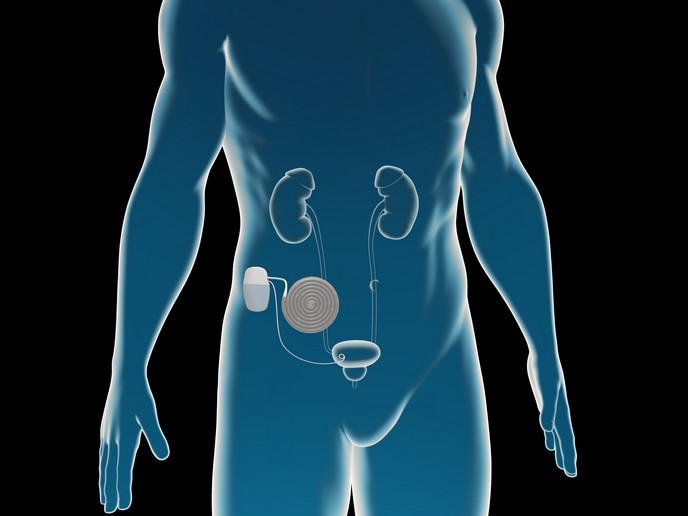Gene therapy strategy to heal skin disease
RDEB is caused by COL7A1 gene mutations. The COL7A1 gene is responsible for the production of type VII collagen. Collagen is essential for maintaining skin architecture and ensuring adherence of the dermis and epidermis layers. Current protocols for treating RDEB patients are limited to palliative procedures, but given the socioeconomic impact of RDEB medical care, novel treatments are required. The EU-funded GENEGRAFT(opens in new window) project proposes to use autologous skin equivalents that are genetically modified to express type VII collagen. The plan is to express the COL7A1 gene by a safe self-inactivating retroviral vector that will be produced under clinical good manufacturing practice conditions. Following pre-clinical validation of this gene therapy approach, the consortium members wish to extend it to humans by conducting a phase I/II clinical trial. So far, they have identified 42 patients in Europe eligible for enrolment. The best 10 candidates will be tested for keratinocyte proliferative capacity for final selection of up to 6 of the most suitable candidates for the trial. Scientists have identified the required reagents and optimised the protocols for generating genetically corrected skin equivalents from patient cells. Furthermore, researchers will monitor the safety of the graft by performing regular quality control tests. Immune responses of patients to type VII collagen will be evaluated via ELISA and the ELISPOT assay. In order to validate the production process of large skin equivalents made of normal human keratinocytes and fibroblasts they were transplanted onto the fascia of 8-week-old pigs and followed up on for 1 month. The results demonstrated the formation of a well-differentiated epidermis adherent to the underlying dermis. The surgeons have so far validated the production, handling and transportation procedure of large skin equivalents, the surgical procedure, and the surgical glue to be used to improve adherence of the transplant to the underlying fascia. Overall, the new strategy proposed by GENEGRAFT addresses the clinical and molecular diversity of RDEB patients. It has a strong potential to deliver a safe and permanent solution for RDEB patients by genetically modifying and engrafting autologous skin cells.







